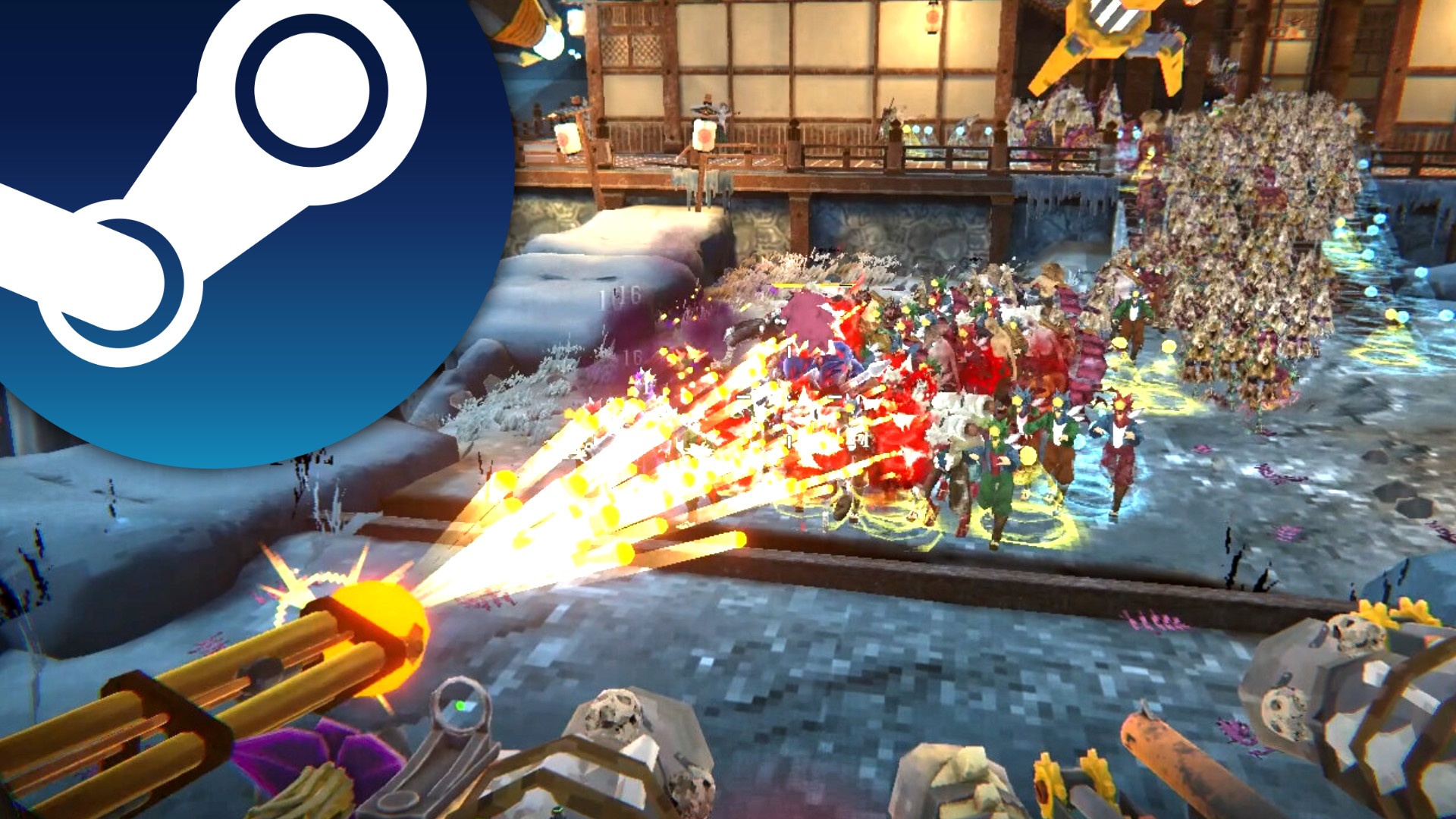
We often forget the value of water because here in Europey it bubbles out of every tap and is available almost endlessly. This is a scarce commodity in many parts of the world – which is why some countries resort to more extreme solutions. (Symbolic image; source: Konstantin Konstanti))
The United Arab Emirates (UAE) is known for its illustrious projects such as the Palm Island made of heaped sand and the tallest building in the world: the Burj Khalifa skyscraper. But it’s not just in the construction sector that they seem to be scratching at the clouds – figuratively speaking.
The UAE is sticking to its plan to actually intervene in the sky several times in 2024. We’re talking about Cloud Seeding
– in Europe, inoculate clouds. This is a technology that is intended to artificially increase the rainfall rate.
That seemed to be the case now February 11th and 12th
Controlling the weather – an old human dream is not without risk
Where shamans used to be Rain dances scientists today rely on more modern techniques instead of pure sweat to actually make it rain. However, the researchers are not planting new clouds in the sky, as the English term suggests Seeding
suggests.
Worth knowing: This technology has been used by VAE for years and is continually being developed further. Here you can see what the result is in this slightly blurry X-clip:
Link to Twitter content
Thats how it works: One or more planes fly to an already existing cloud and drop salt crystals. According to the magazine Xataka In the case of the UAE project, these are magnesium, sodium and potassium chloride.
As soon as the crystals fall into the clouds as artificial condensation nuclei, the water vapor collects around them and forms droplets. In other words, the existing cloud water is bound and then rains onto the earth.
Requirement: This requires clouds with sufficient humidity.
What speaks against it? According to the scientific magazine spectrum The success of such actions is limited and the rainwater is then logically contaminated with the injected substances.
We have reported in the past about technologies that interfere with our weather and their dangers.
Why countries like UAE and China still want to stick to this technology
According to Xataka, some countries such as Morocco put this procedure on hold due to the high costs. With our current know-how, the process is not an exact science and the yield is low.
Nevertheless, countries like UAE and even China to prefer this technology. You can watch the pilots spread the salt in this clip from Reuters:
Link to YouTube content
It is not at all clear what effects this will mean for the relevant region.
Experts like David Keith – a professor of applied physics at Harvard University – warn in a DW article about further potential for conflict:
The precipitation that falls over one region could be missing in another. People steal from Peter to pay Paul. So you inevitably have winners and losers.
The relevant question: Who owns the rain?
For the UAE, however, the risk of this unresolved issue appears to be less than the practical benefit of such artificial rain showers. But it is not the only way to combat droughts, heat and drinking water shortages. More on that in a moment.
Alternatives to cloud seeding
Of course, it is essentially understandable that water-scarce regions want to exploit all types and forms of water sources. Theoretically, artificial rain is not the only way to combat climate extremes. There are some projects that make this possible as well.
Desalination plants: The salt is removed from sea water to make it drinkable. Loud Time online Around 45 liters of drinking and industrial water can be obtained from 100 liters of seawater.
It is already the only source of water for around 300 million people worldwide – and the number is rising. The so-called Desalination
is from Intergovernmental Panel on Climate Change IPCC, together with water treatment, described it as the most important strategy for combating water scarcity caused by the climate crisis.
Worth knowing: This technology is also used by UAE, USA and Saudi Arabia. Europe is the leader in desalination in Europe: a proud 60 percent of all European capacities are located here, according to Zeit Online.
But there are not only projects for direct water extraction that counteract the consequences of climate change. The so-called green wall fights against the desert in Africa, for example:
Green Wall: This is a project that aims to prevent the spread of the Sahel and Sahara deserts. Trees and plant groups that can withstand the harsh conditions of drought and sand are specifically used. Perhaps a similar project can also be transferred to UAE.
Anyone interested You can watch this exciting project in this twelve minute video:
Link to YouTube content
Drinking water is a valuable commodity that we here in Europe often forget when we turn on our tap as a matter of course. If you want to read more exciting environmental topics: These scientists want to place a giant parasol between the Earth and the sun to cool the planet.








